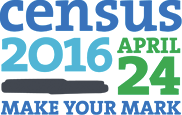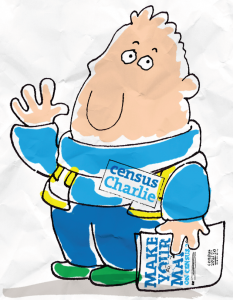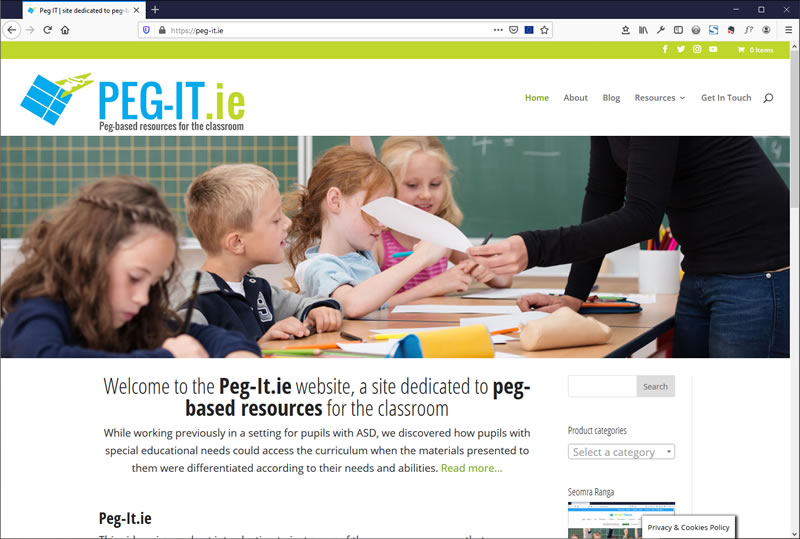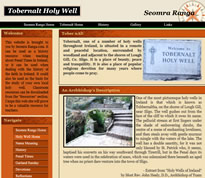 The 2016 Census will take place on Sunday April 24th next, when every household in the country will complete their Census form. The census is a count of the population of the country. It also asks questions relating to every person in the country on Census night to collect information on a variety of important topics including age, education, language spoken, employment, health etc.
The 2016 Census will take place on Sunday April 24th next, when every household in the country will complete their Census form. The census is a count of the population of the country. It also asks questions relating to every person in the country on Census night to collect information on a variety of important topics including age, education, language spoken, employment, health etc.
The information provided is strictly confidential and only statistical reports are published. The Central Statistics Office (CSO) conducts a census of Ireland every 5 years. It employs a temporary field force of nearly 5,500 to carry out the census across the country, including almost 5,000 census enumerators who will deliver and collect census forms to every household.
Census History
Ireland has been conducting Censuses of Population since 1821. This enables us to track developments over a long period of time with considerable accuracy. The census is therefore a fundamental part of our national heritage and our collective knowledge about the Irish people. Unfortunately, most of the census returns prior to 1901 have been lost, either deliberately destroyed (1861 and 1871 returns), pulped because of paper shortages during World War 1 (1881 and 1891 returns) or destroyed when the Customs House was burned in 1922 (1821, 1831, 1841 and 1851 returns).
Of the pre-Independence Censuses, only the 1901 and 1911 Census returns remain intact today. The publication of these records online at the National Archives has provided millions of Irish people and their descendants all over the world with the opportunity to discover their ancestors. This has been an extremely popular facility, with millions of visitors to the site since the 1901 records were first published in 2008.
Census Resources for Primary Schools
 A set of topic-based lessons featuring Census Charlie has been developed to help primary school children understand what the census is about and to learn how and why a census is conducted. These have been developed and piloted by primary teachers for use in classes from first to sixth class. The aim of these lessons is to enable children to understand the census process and to teach skills in the collection, representation and interpretation of data. Census Charlie has lots of activities to make the learning fun.
A set of topic-based lessons featuring Census Charlie has been developed to help primary school children understand what the census is about and to learn how and why a census is conducted. These have been developed and piloted by primary teachers for use in classes from first to sixth class. The aim of these lessons is to enable children to understand the census process and to teach skills in the collection, representation and interpretation of data. Census Charlie has lots of activities to make the learning fun.
There are four lessons for each class grouping: 1st/2nd, 3rd/4th, 5th/6th. Each lesson has been developed specifically to incorporate the principles of the Primary School Curriculum and content objectives for each lesson are provided. The lessons have obvious connections to the English curriculum (Language development), Maths (Number and Data strands), SPHE (Myself and the Wider World Strand), SESE History (Continuity and Change Over Time strand – comparing past censuses), SESE Geography (Human Environments strand).
The Census Lesson Packs include:
- Comprehensive teacher notes and lesson plans
- Census information
- Census flashcards/fact cards
- Sample Census forms
- Integration ideas
- Assessment tasks
- Home/school links
- Extension activities
All of these classroom resources can be downloaded from the Census Website Schools’ Resources page.





